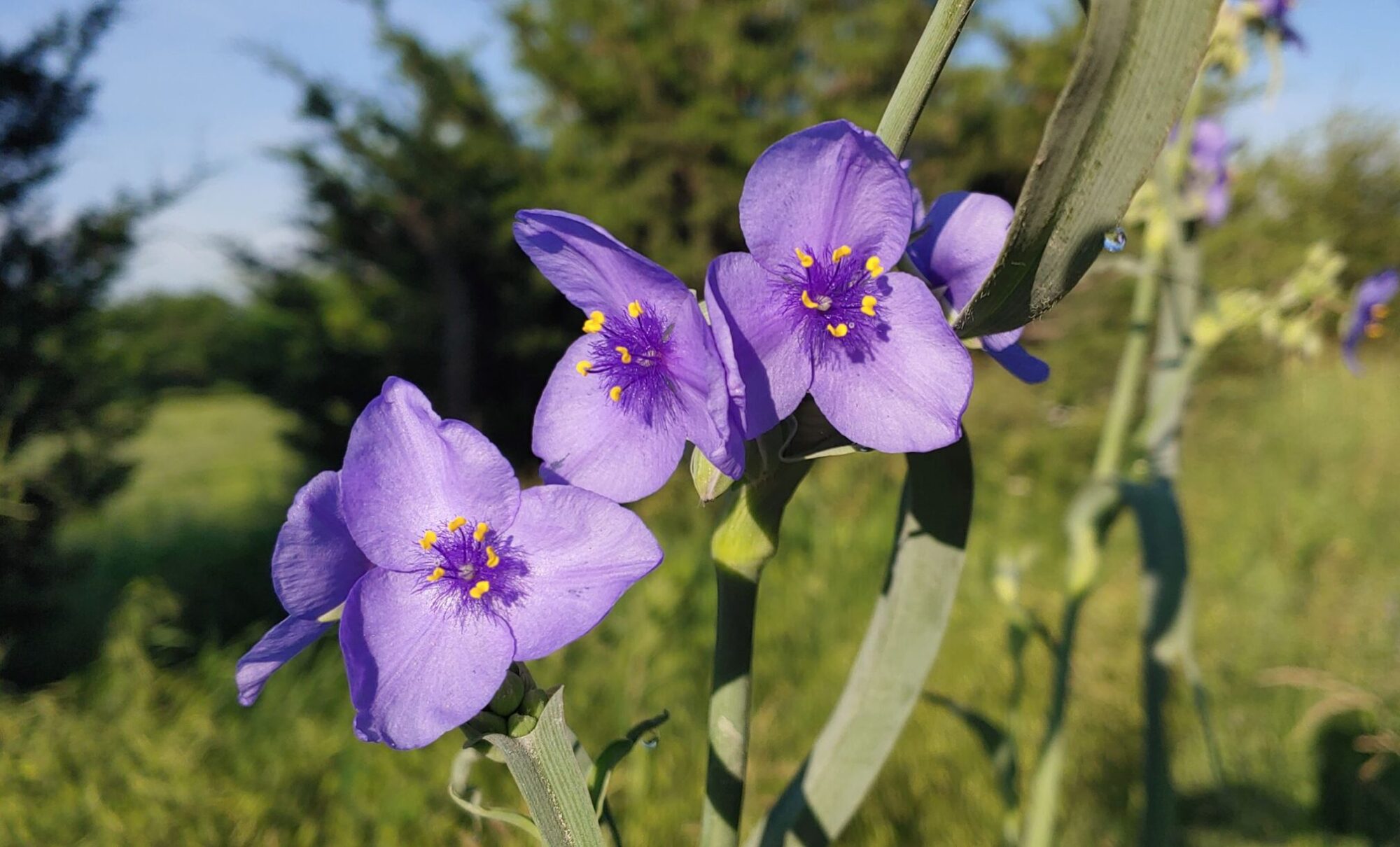Who doesn’t love homemade butter? Well, truthfully, I didn’t think I did up until just several years back.
The only thing I thought real butter was good for was for popping pop corn. Although, real butter makes popcorn taste awesome, I can’t imagine now, how I ever thought such a thing.

These days I can’t imagine NOT liking homemade sweet cream butter. And in my opinion, it makes everything taste better.
Making butter really is easy, although it can sometimes be a bit messy.
It’s the one recipe I know of where you actually start with 1 ingredient and finish with 2 products. How can you beat that??!!
Your ONE ingredient…Cream.
I get my milk from a neighbor, straight from the cow.
When I get it, there is usually about a cup of cream on top that I dip off and put in a pint mason jar before using the milk.

I’ll generally save this up until I get 1-1/2 or 2 pints.
I have used whole milk before and it worked just fine. It tasted good too. But the butter from actual sweet cream from the top of your milk is just…….sweet.
I’ve found it doesn’t take as long if you let the cream come to room temperature first.
Getting started….
You’ll need a standing mixer. The first time I made butter I used my hand mixer. Mostly, because it was all I had. It worked, but I almost ruined my mixer. The butter just gets too stiff for something that small.
So a standing mixer, that’s your best bet.

I poured all the cream in the picture above in the bowl for this.
You’ll want to start slow so you don’t slosh cream all over. Slowly, increase your speed as the cream begins to turn into something more like whipped cream.

I cover my mixer and bowl with plastic wrap to keep from making a mess. You can see why here.

If you’ve ever made whipped cream, that is all you’re doing, except after it gets to the whipped cream state, keep going.

It won’t take long until the butter fat separates from the butter milk.
Keep going.

Soon you will have what sounds like a watery mess. That means you’re done.
That watery substance is buttermilk. Before to keep that for pancakes, biscuits or anything else you might make with buttermilk. My granddaughter loves buttermilk pancakes.

Now separate the buttermilk from the butter and wash your butter in cold water.

Now, you’ll wash your butter under cold water until the water runs clear. This can take several minutes. The cleaner you can get your butter, meaning the more buttermilk you wash out the longer your butter will last.



Now, if you use real butter, you’ll know that it’s much harder than margarine. Your homemade sweet cream butter is no different.
Using this right out of the fridge is not going to spread on bread or biscuits real easy. But if you toast your bread or pull your biscuits out of the oven and put your butter on it and let it slowly melt, oooh yum, it’s heaven.

Now would be the time to add salt if you wanted salted butter.
You want you can add herbs to your homemade butter, making a great herbed butter for more savory uses. It easiest to do this right after your wash it and before putting it into the fridge since it’s not real hard at this point yet.
If you don’t need more butter in the fridge, you can wrap it tight and put it in the freezer. I’m not real sure how long it will last in the freezer, because frankly, it’s never had to stay in there very long. But it’s a good way to keep it for a while. Although, I’ve found that homemade butter lasts a long time in the fridge too.
I’ve always wanted to try adding honey to it too, but just haven’t done that yet. I always loved honey-butter when I was a kid.
If you’ve tried that, let me know how it worked out in the comments below.
I hope you find this useful. if you do, please let me know.
If you try it, I’d also love to hear how it turned out.
Be sure to subscribe so you don’t miss a DIY.
Until next time….
Health, Wealth & Blessings ~ Tracey



